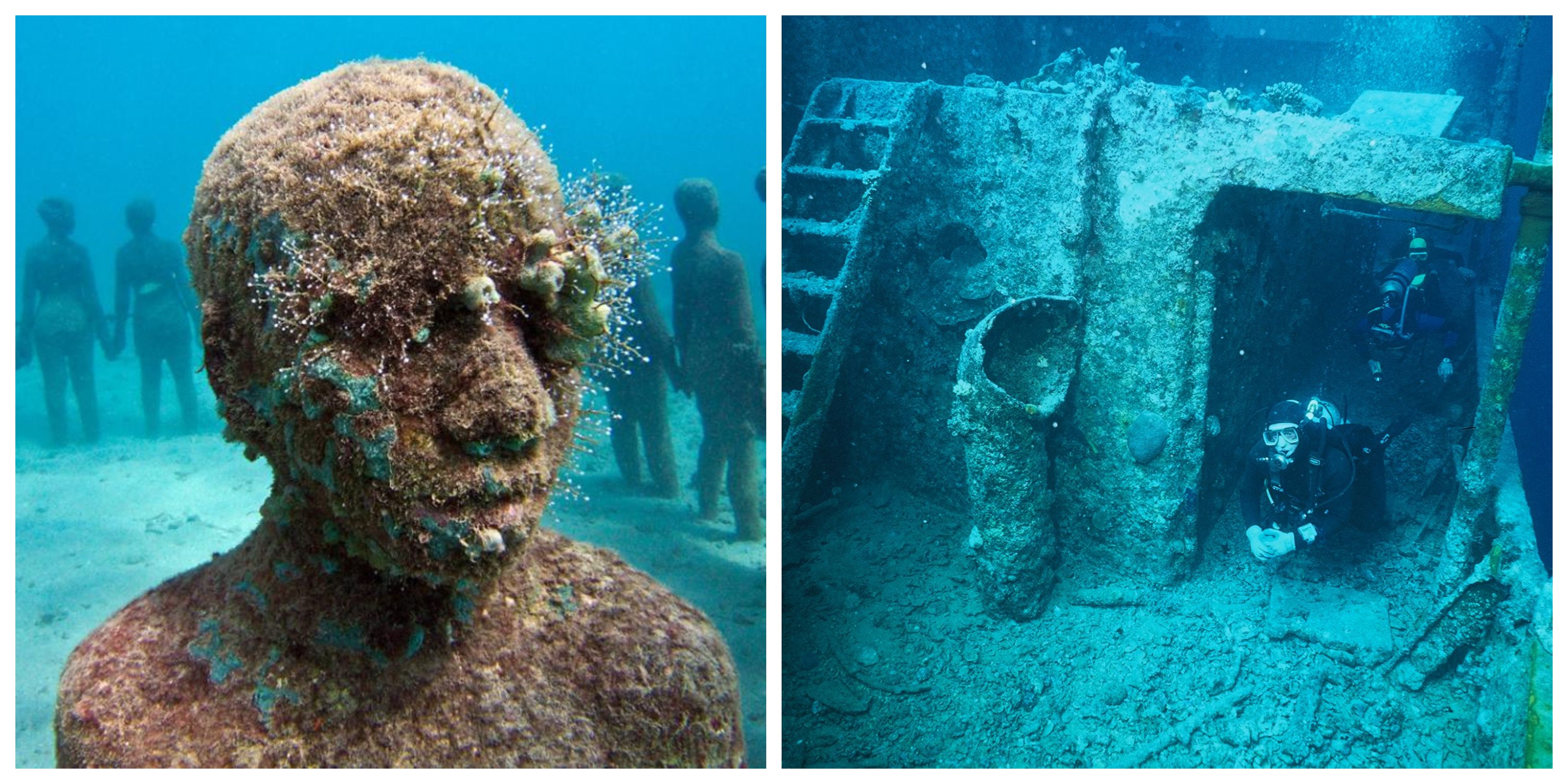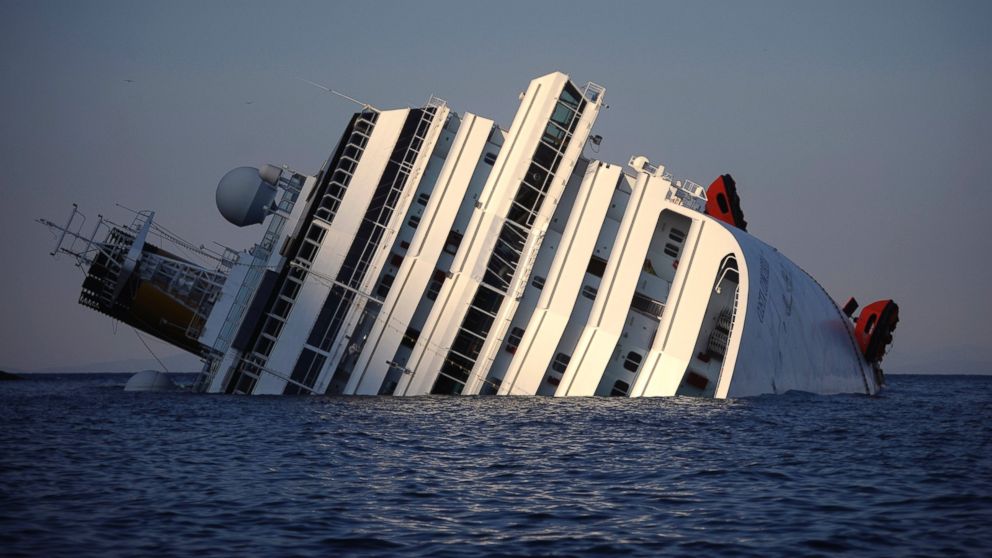Table Of Content

The ship's draft, weight distribution, and ballast systems ensure that it remains stable and safe in all conditions. And with the addition of underwater viewing areas, passengers can get a glimpse of the underwater world without ever leaving the ship. It's important to note that the amount of the ship that is underwater does not affect its stability. Cruise ships are designed to withstand rough seas and high winds, and their weight distribution and ballast systems ensure that they remain upright in all conditions. So, passengers can rest assured that they won't tip over, even if a large portion of the ship is underwater.
How Does the Hull Shape Make a Difference to a Ship?
Hulls come in a variety of different shapes and can be built with different materials, depending on the purpose of the ship. Each ship contains an underwater room with a print shop where news updates, daily planners, notes, and flyers are made. Drinks are cheaper in crew bars, and there are activities and music for staff to unwind during their time off. These lounges also have digital screens projecting live images filmed by three underwater cameras and accompanied by marine surround sound. Balancing her writing career and family life with effortless grace, Judith is happily married, mother to two wonderful children, and a doting grandmother to three grandkids.
Hull Shape and Design
There are no underwater windows on a cruise ship with all staterooms above the water level. Engineers use lightweight but sturdy materials to help achieve the buoyancy needed to keep the ship afloat. When you put a ship into water, it has to displace water in order to be able to float.
Titanic Compared To Modern Cruise Ships
A ship with a broader hull will have a shallower draft than a ship with a narrower hull. Passengers may wonder about the underwater cruise ship rooms or the bottom deck of the ship. The engineering of a cruise ship is a complex field that involves physics, math, and careful planning to ensure that the vessel is safe and efficient.
Why Do Cruise Ships Have Flat Bottoms?
Usually, about 40% of a cruise ship is underwater, no matter how big the ship is or what the water is like. This is based on the ship’s water displacement, which is about its length, width, and draught. Water displacement is how much water the ship moves out of the way when it floats, and it’s important for keeping the ship steady and afloat.
The weight of passengers on board also contributes to how much of a cruise ship is underwater. Draught measurements are vital as they dictate the ports that a cruise ship can access. Smaller ships with shallower drafts can dock at smaller, less-touristy ports, offering a different cruising experience. Typically, the water covers 10% of the total height of a cruise ship. Only 10% to 13% of the ship’s hull and superstructure are underwater, demonstrating the remarkable technological advancements made by maritime engineers.
Usually, cruise ships have a draft between 5 meters (16ft 5in) and 10 meters (32ft 10in). Many new cruisers often ask the question, “How much of a cruise ship is underwater, and why don’t they sink? So, if you’re also one who wants to know the answer, you’re at the right place. While it may sound intriguing, passengers generally cannot access the lowest deck. However, in some cases, passengers can book accommodations on this deck to alleviate seasickness, as being closer to the ship’s center of gravity can provide a smoother experience. Knowledge is power, and knowing how captains operate cruise ships in different depths and types of water currents can help you feel safe and secure.
How Far Below the Waterline Do Cruise Ships Rest?
Royal Caribbean’s nine-month Ultimate World Cruise has taken over TikTok - Vox.com
Royal Caribbean’s nine-month Ultimate World Cruise has taken over TikTok.
Posted: Wed, 24 Jan 2024 08:00:00 GMT [source]
We hope that this year's honorees will inspire your own travels as you get back out into the world. There are also things like being near the propellors, which are also very loud, or when the ships anchor drops. There would be all kinds of loud noises from engine rooms and all kinds of other machinery rooms to keep the ship running. At first, you see the water passing by, but when the ship has stopped, you can see a guest watching penguins swimming past. As an example, this isn’t far off what you could expect to see even if your room window was below water at all times.
Icon of the Seas: Everything to Know About the Largest Cruise Ship in the World - TODAY
Icon of the Seas: Everything to Know About the Largest Cruise Ship in the World.
Posted: Fri, 12 Jan 2024 08:00:00 GMT [source]
In conclusion, navigating cruise ships in various types of water requires careful consideration of the ship’s draught, water depth, and other factors. The design and buoyancy of cruise ships play a crucial role in ensuring their stability and safety. Cruise ships are designed not to be unstable or to tip over (capsize). The combination of a wide hull, (known as “the water plane area”) low centre of gravity, fuel, and ballast tanks filled with water keeps a cruise ship from tipping over in rough seas. In summary, the physics of cruise ships is based on the principles of buoyancy, displacement, and stability.
Many ships have multiple dining options, ranging from casual buffets to fine dining restaurants. These reserves are used to provide drinking water and to supply the ship’s various systems and equipment. The amount of fresh water that a cruise ship can carry depends on its size and the length of its voyage. The draft of a cruise ship can vary depending on its size and weight. Smaller ships may have a draft of around 20 feet, while larger ships can have a draft of more than 30 feet. Additionally, the shape of the hull and the placement of the ballast tanks are carefully designed to provide the ship with the necessary stability.

They are generally rooms used by the cabin crew as well as rooms for running the ship, like the engine room and storage rooms. People often describe cruise ships as small, floating cities, so it makes sense that there are deaths aboard them. While it seems morbid and perhaps alarming, guests don’t need to be concerned. Most deaths occur from natural causes like strokes or heart attacks. While a rare occurrence, there must be onboard accommodations to handle this situation. In addition to managing the ship's operations, cruise ship crews are also responsible for maintaining a safe and clean environment for passengers and crew members alike.
The deeper the water, the less the ship is visible above the surface. First of all, cruise ships must dock in water that is at least 25 to 50 feet deep. What factors in here is the draft, which is the measurement of water between the water line and the cruise ship’s bottom hull. A cruise ship’s centre of gravity can be moved up or down by adjusting weights within the vessel – the most obvious is ballast water and fuel. In extreme cases, cruise ship swimming pools could be drained to provide additional stability, as the weight of so much water on the upper decks will make the centre of gravity higher. Cruise ships tend to have wide U-shaped hulls that are under the water.

It’s simply not practical for cruise lines to invest in this type of accommodation. Secondly, the underwater environment is not suitable for human habitation. The pressure and lack of light would make it difficult to create comfortable living conditions, and there would be significant safety concerns in the event of an emergency. The depth of the keel is determined by the size and weight of the ship, as well as the depth of the water it will be sailing in.
As a general rule, the larger the ship, the more it will sit in the water. This is because the ship’s weight is distributed over a larger area, resulting in a lower weight-to-water ratio. In addition to its hull and decks, a cruise ship also has various other components that contribute to its overall structure and function. Cruise ships are typically divided into several decks, which provide different amenities and services for passengers.
The answer might come as a surprise because, in relation to the size of the cruise ship, surprisingly, little of the ship is actually underwater. If you’ve ever been on a cruise, you may have wondered why there aren’t any underwater viewing areas on the ship. It would be amazing to see all the marine life and coral reefs as you sail through the ocean. It’s important to note that the amount of the ship that is underwater can vary depending on a few different factors, such as the weight of the ship and the amount of fuel it’s carrying.

No comments:
Post a Comment